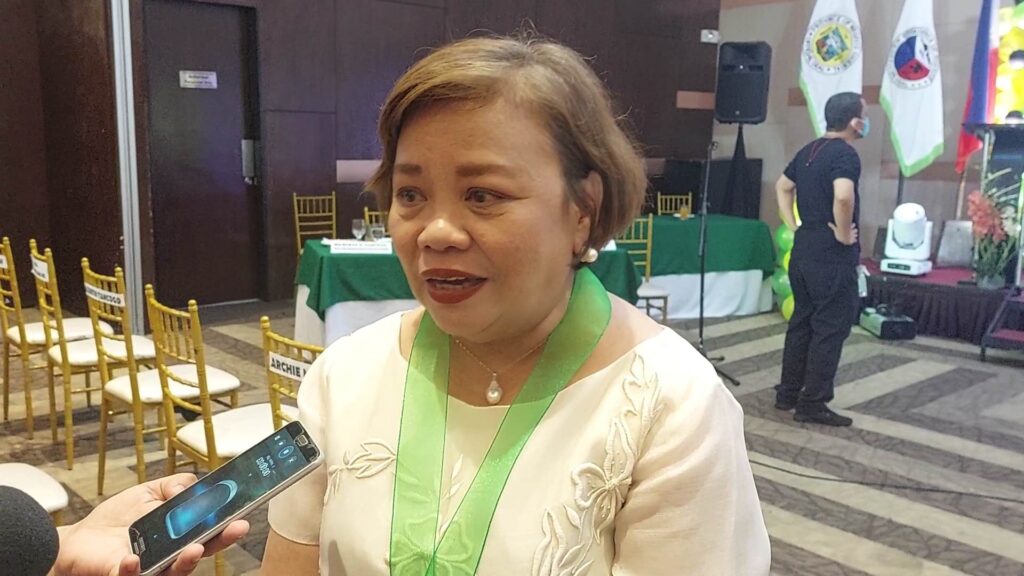
Dr. Angel Enriquez, executive regional director of DA-7, says they are already identifying areas vulnerable to effects of El Niño and are taking steps to ease the negative impact on agriculture in these areas. | Futch Anthony Inso
LAPU-LAPU CITY, Philippines — The Department of Agriculture in Central Visayas (DA-7) is implementing measures to ease the effects in agriculture of the coming El Niño phenomenon.
Dr. Angel Enriquez, executive regional director of DA-7, said these include identifying areas in the region that would be vulnerable to the El Niño.
“We already have studied kadtong sa previous kun unsa gyud ang naapektuhan, kadtong mga vulnerable areas. Like for rice, ang ato man gud production sa rice dinhi sa region seven naa sa Bohol, dako kaayo no. Although naa pod sa Negros Oriental ug Siquijor, gi-identify nana namo ang areas nga highly vulnerable,” Enriquez said.
(We already have studied what were affected during the previous (El Niño), those vulnerable areas. Like for rice, our production of rice here in region 7 is in Bohol, that is a big area. Although there are also areas in Negros Oriental and Siquijor, we already identified the highly vulnerable areas.)
READ: Mandaue to shift focus from COVID-19 to El Niño preparations, other problems
DA-7 working with LGUs, NIA
She said that they were also coordinating with the Local Government Units (LGUs) to immediately address some concerns when the effect of El Niño could already be felt by the farmers.
Aside from this, Enriquez said that they were coordinating with the National Irrigation Administration, particularly in ensuring that during the cropping season, there would be enough water that could be used by the farmers.
“So timing. Timing during the planting, pag-planting pa lang naa nay tubig daan. And then to ensure nga maskin wala pay rainfall kadtong mga rainfed areas, naa gyud siyay water kay kinahanglan man na sa atong mga farmers,” she added.
(So timing. Timing during the planting, in the planting phase we already have water. And then to ensure even if there is no rainfall yet in the rainfed areads, we should always have the needed water for our farmers.)
READ: More hot days ahead as El Niño looms in the corner — Pagasa
They are also implementing small water-impounding projects to store rainwater.
Enriquez said that planting season for palay would start in May and June.
“Starting sa February, nagcoordinate nata sa NIA. This is to ensure that during the planting, during the month of May and June, naa tay enough nga water. So timing, naa naa tay seeds, nagcoordinate gyud mi sa NIA, magpagawas sila og tubig,” she said.
(Starting in February, we have already coordinated with NIA. This is to ensure that during the planting, during the month of May and June, we have enough water. So timing, that we have seeds, we really coordinated with NIA, that they will provide water.)
She said that NIA had already computed the water requirement for this cropping season, to ensure that the crops would really grow.
Enriquez also said that they also prepared buffer stocks of seeds that farmers could immediately use during calamities.
In the case of vegetables, she said that they would be giving technologies to farmers to ensure that their production would not decrease even with the advent of the El Niño.
READ: Preparing for El Niño